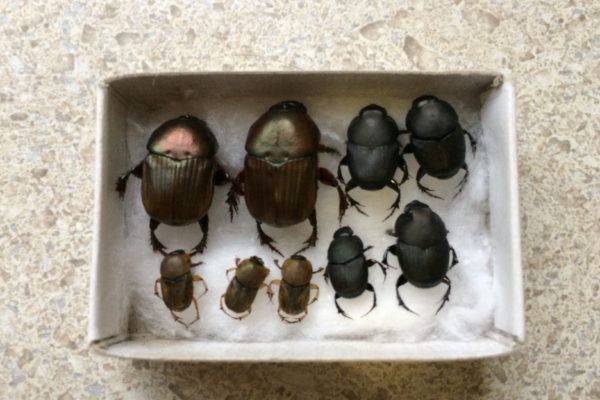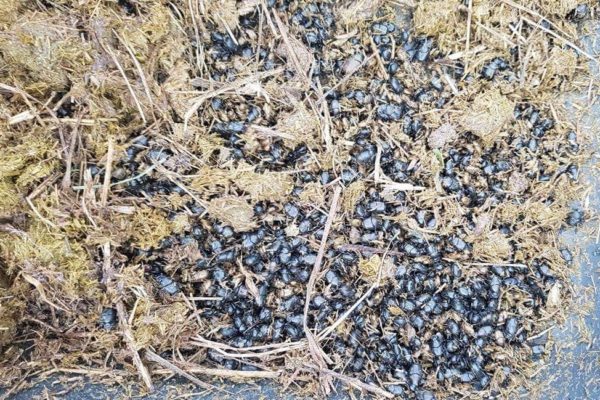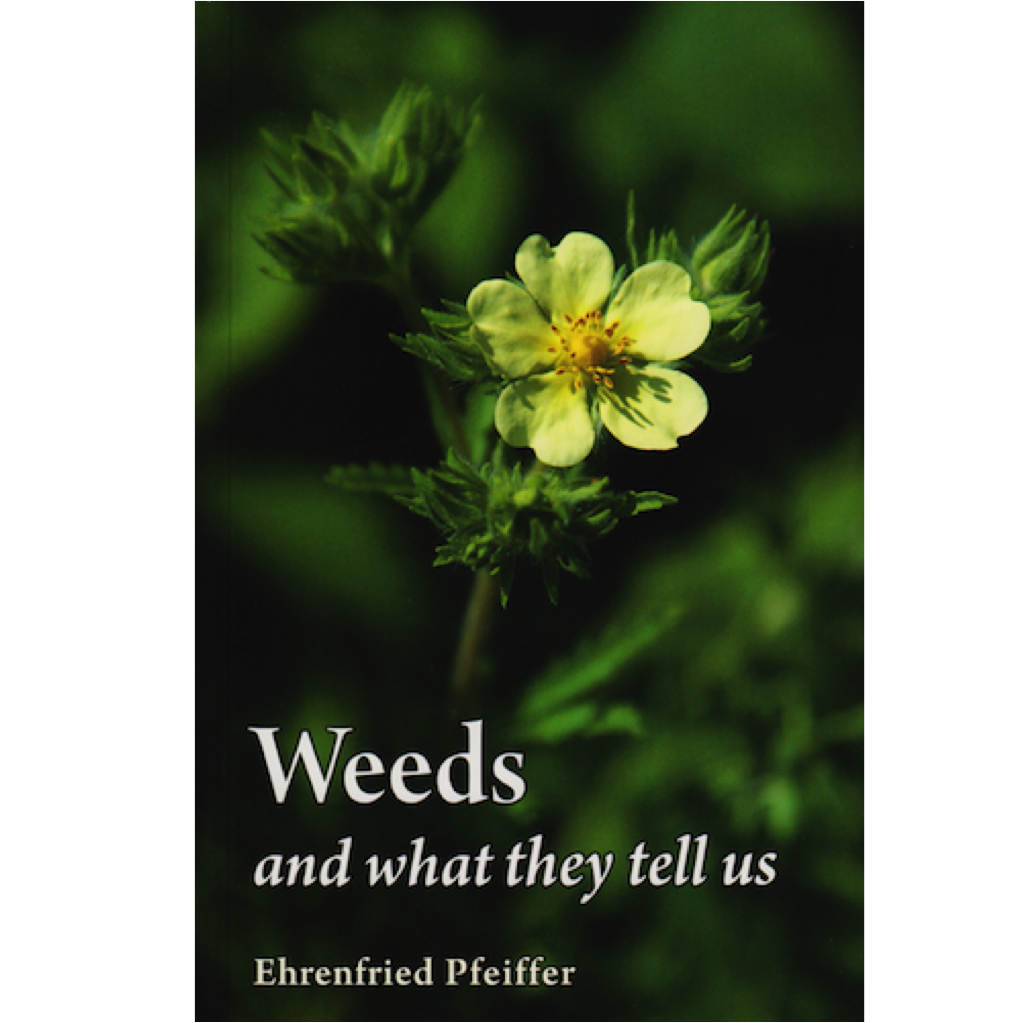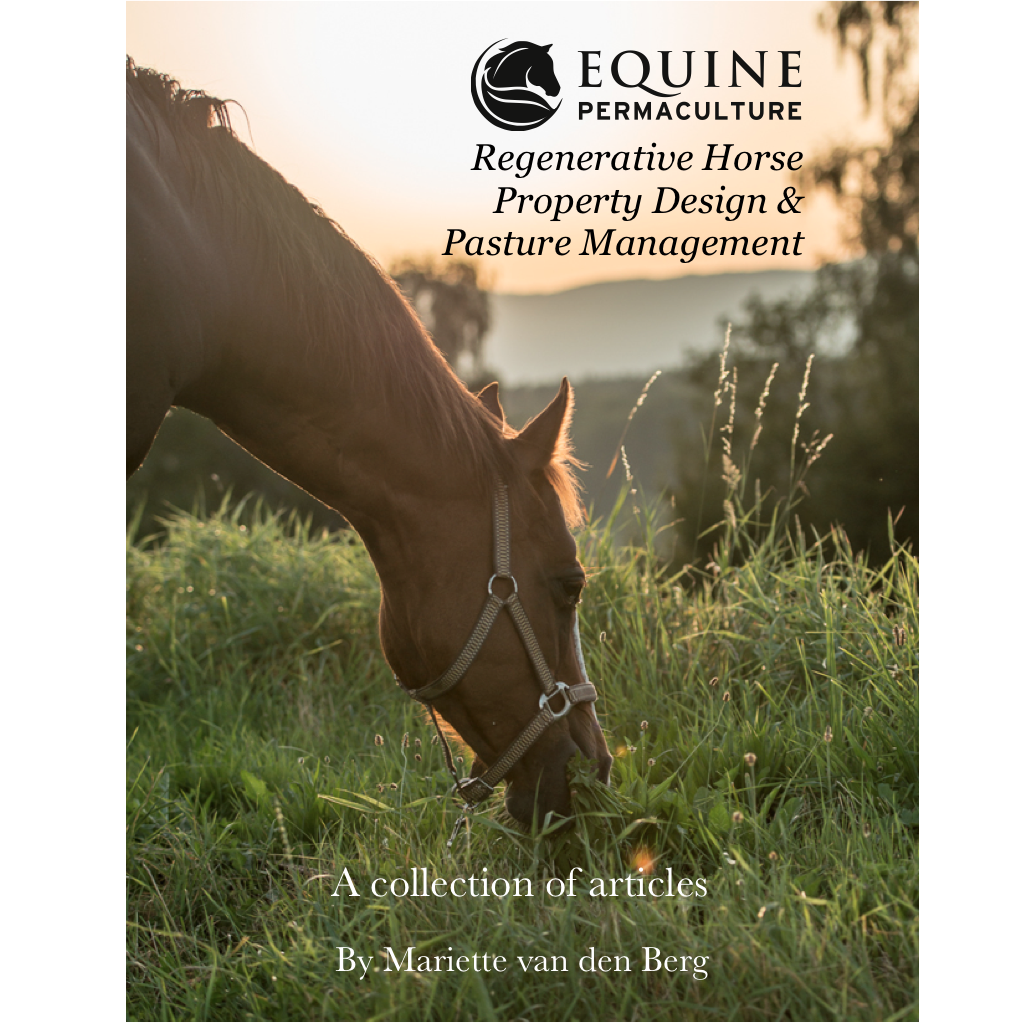Soils are complex mixtures of minerals, water, air, organic matter, and numerous micro and macro-organisms that are the decaying remains of once-living things. It forms at the surface of land – it is the “skin of the earth.” Soil is capable of supporting plant life and is vital to life on earth. In many Equine Permaculture articles we have focussed on the importance of taking care of our soils so that we can grow healthy pastures to feed our horses. The soil is perhaps the most overlooked, underrated, taken for granted but major partner in growing plants. When managing your pastures, how many horse and property owners have passed over getting to know their soil—reading up on soil facts—in favour of pasture planning and management?
In this brand new Equine Permaculture series, we will ‘dig deeper into soils’ and explore what soils are, how soil is formed, the different types of soil and how they sustain life through the soil-food-web.
Furthermore, we will discuss the importance of soil tests, in the lab and DIY, interpreting these soil test results, and how they may assist our soil and pasture management on the property.
Before we start digging up the dirt, let’s brush up on some facts about the soil – food –web!
Soil biology
An astonishing variety of organisms contribute to the soil food web. They range in size from the smallest single cell bacteria, algae, fungi, and protozoa, to the more complex nematodes and micro-arthropods, to the recognisable earthworms, insects, small vertebrates, and plants. As these organisms eat, grow, move through, die-off and decay in the soil, they create humus (which is the organic material in soil) and contribute to clean water, moderated water flow, clean air, and very importantly healthy plants that can feed our horses.
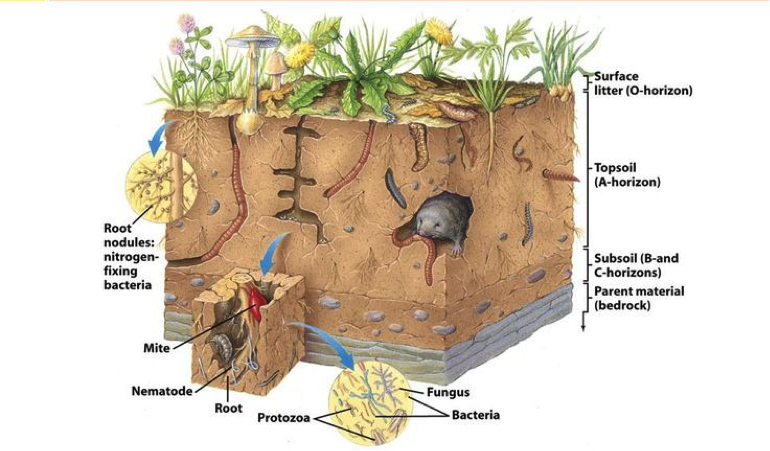
Figure 1. The soil environment. Organisms live in the microscale environments within and between soil particles. Differences over short distances in pH, moisture, pore size, and the types of food available create a broad range of habitats.
The exchanges between these organisms form a web of life, just like the interactions between flora and fauna that biologists study above ground. What most people forget to realize is that the above ground interactions wouldn’t survive without the below ground systems in place and functioning. Soil biology is understudied, compared to the above ground, yet it is vital for the health of our pastures, gardens, shrub lands, and forests. If pasture soil is healthy, there will be high numbers of beneficial bacteria and bacterial-feeding organisms. If the soil has received heavy treatments of herbicides, chemical fertilizers, soil fungicides or fumigants that kill these organisms, the tiny critters die, or the balance between the pathogens and beneficial organisms is upset, allowing the opportunist, disease-causing organisms to become problems not to mention how this may affect the growth and quality of your pasture.
There are many ways that the soil food web is an integral part of landscape processes. Soil organisms decompose organic compounds, including manure, plant residue, and pesticides, preventing them from entering water and becoming pollutants. They sequester nitrogen and other nutrients that might otherwise enter groundwater, and they fix nitrogen from the atmosphere, making it available to plants. Many organisms improve soil aggregation and porosity, thus increasing infiltration and reducing runoff and soil erosion. Soil organisms prey on crop pests and are food for above-ground animals.
The Soil Food Web
The soil food web is the community of organisms living all or part of their lives in the soil. A food web diagram shows a series of exchanges (represented by arrows) of energy and nutrients as one organism eats another (see figure 2).
All food webs are fuelled by the primary producers, these are photsynthesizers (first trophic level) such as the plants, lichens, moss, photosynthetic bacteria, and algae that use the sun’s energy to fix carbon dioxide from the atmosphere and convert it into carbohydrates (which allows them to sustain themselves and grow)
Most other soil organisms get energy and carbon by consuming the organic compounds found in plants, other organisms, and waste by-products (second to fifth trophic levels). A few bacteria, called chemoautotrophs, get energy from nitrogen, sulfur, or iron compounds rather than carbon compounds or the sun.
As organisms decompose complex materials, or consume other organisms, nutrients are converted from one form to another, and are made available to plants and to other soil organisms. All plants – grass, trees, shrubs, agricultural crops – depend on the food web for their nutrition. In many articles I have highlighted that we do not directly feed pasture plants, but we feed them through soil organisms that make up the soil-food-web.
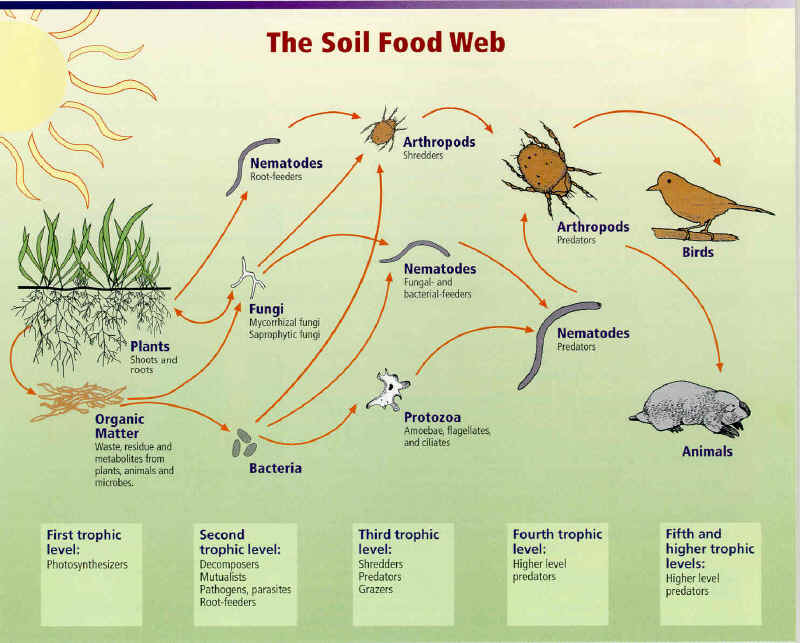
Figure 2. Relationships between soil food web, plants, organic matter and birds and mammals. Image courtesy of USDA Natural Resources Conservation Services.
The role of soil organisms
Growing and reproducing are the primary activities of all living organisms. As individual plants and soil organisms work to survive, they depend on exchanges with each other. By-products from growing roots and plant residue feed soil organisms. In turn, soil organisms support plant health as they decompose organic matter, cycle nutrients, improve soil structure, and control the populations of soil organisms including crop and pasture pests.
Lets have a closer look at some of the soil organisms that make up the soil-food-web and their functions.
Bacteria
Our native soils are full of bacteria, both beneficial and pathogenic. A spoonful of ordinary backyard soil may contain billions of bacteria of thousands of different kinds, many of them specific to a region. In general, they help water move through the soil more easily, they recycle organic matter, and they help ward off soil diseases. There are many types of bacteria, but one of the most important groups is the nitrogen-fixing bacteria. These bacteria are especially found on the roots of leguminous plants and shrubs (for example clover, lucerne and acacias). Nitrogen-fixing bacteria are capable of transforming atmospheric nitrogen into fixed nitrogen (inorganic compounds usable by plants). They dine on particles of humus (organic matter), creating a waste product called bacteria manure that adds new forms of organic content to soil. Many plants absorb nutrients most efficiently through this bacterial waste product, so the more nitrogen-fixing bacteria in the soil, the better. This is why we often want to plant grasses with leguminous plants. Lucerne is one of those that we like to have for its ability to increase nitrogen and it offers great feeding value to grazing animals. Bacteria and bacteria’s waste products are also eaten by fellow soil dwellers of many kinds, so they feed other organisms in the soil in addition to feeding our plants. Our pastures and gardens soils are typically dominated by beneficial bacteria.
Protozoa
Protozoa, comprised of the three groups; (1) flagellates, (2) amoebae (both naked and testate), and (3) ciliated, are important in maintaining plant-available nitrogen and mineralisation processes and, as bacterial-feeders, are important in controlling bacterial numbers and community structure in the soil. The presence or absence of certain protozoa species is indicative of the presence of certain hazardous wastes and therefore may be highly useful indicator organisms of certain types of environmental impacts.
Fungi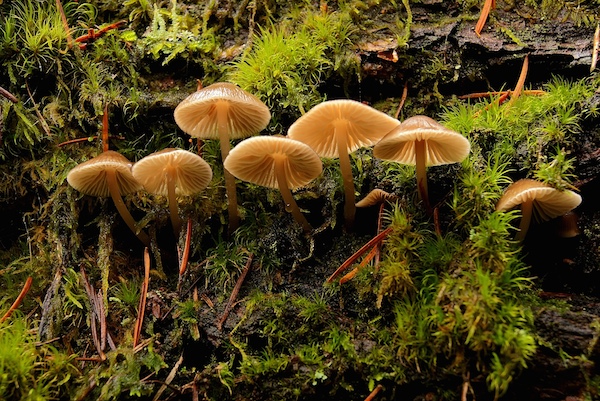 Many horse owners assume that fungi must be bad for the soil, but this is far from the truth. When most people think of fungi, they think of mushrooms. They also tend to think of fungi as plants. A characteristic of plants is that they inhale carbon dioxide (CO2) and exhale oxygen (O2). Fungi actually breathe in oxygen (O2) and exhale CO2 like humans. Interestingly, fungi have survived two mass extinctions over 65 million years, and the only plants that also survived these extinctions are the ones that formed associations with fungi. From this, we can easily understand the health implications of not correctly managing soil and the life it contains.
Many horse owners assume that fungi must be bad for the soil, but this is far from the truth. When most people think of fungi, they think of mushrooms. They also tend to think of fungi as plants. A characteristic of plants is that they inhale carbon dioxide (CO2) and exhale oxygen (O2). Fungi actually breathe in oxygen (O2) and exhale CO2 like humans. Interestingly, fungi have survived two mass extinctions over 65 million years, and the only plants that also survived these extinctions are the ones that formed associations with fungi. From this, we can easily understand the health implications of not correctly managing soil and the life it contains.
Fungi are vitally important to soil health, and beneficial forms are found in virtually every kind of soil on earth. Like bacteria, fungi break down organic matter by digesting and excreting humus, thus recycling nutrients through the soil food web. Mycorrhizae are among the best known fungi. They attach themselves to the roots of plants and create a mesh of fine feeder “rootlets” that act like pumps, pulling nutrients and water into the host plant’s root system. It’s a symbiotic relationship because in return the plants exchange carbohydrates with the mycorrhizae fungi. In effect, they increase the surface area of the roots and thus the plant’s ability to absorb nutrients. Plants send out chemical signals to fungi that they require magnesium, an element essential for plant growth. Fungi networks — chains of microscopic mycelium (fungi) strands that have been recorded at lengths and depths of approximately 10 kilometres, can search out the required nutrient and deliver it to the plant in exchange for the food that the fungi need: carbohydrates. Healthy woodland soils are dominated by fungi, meaning that there are more fungal creatures than bacteria in the soil.
Nematodes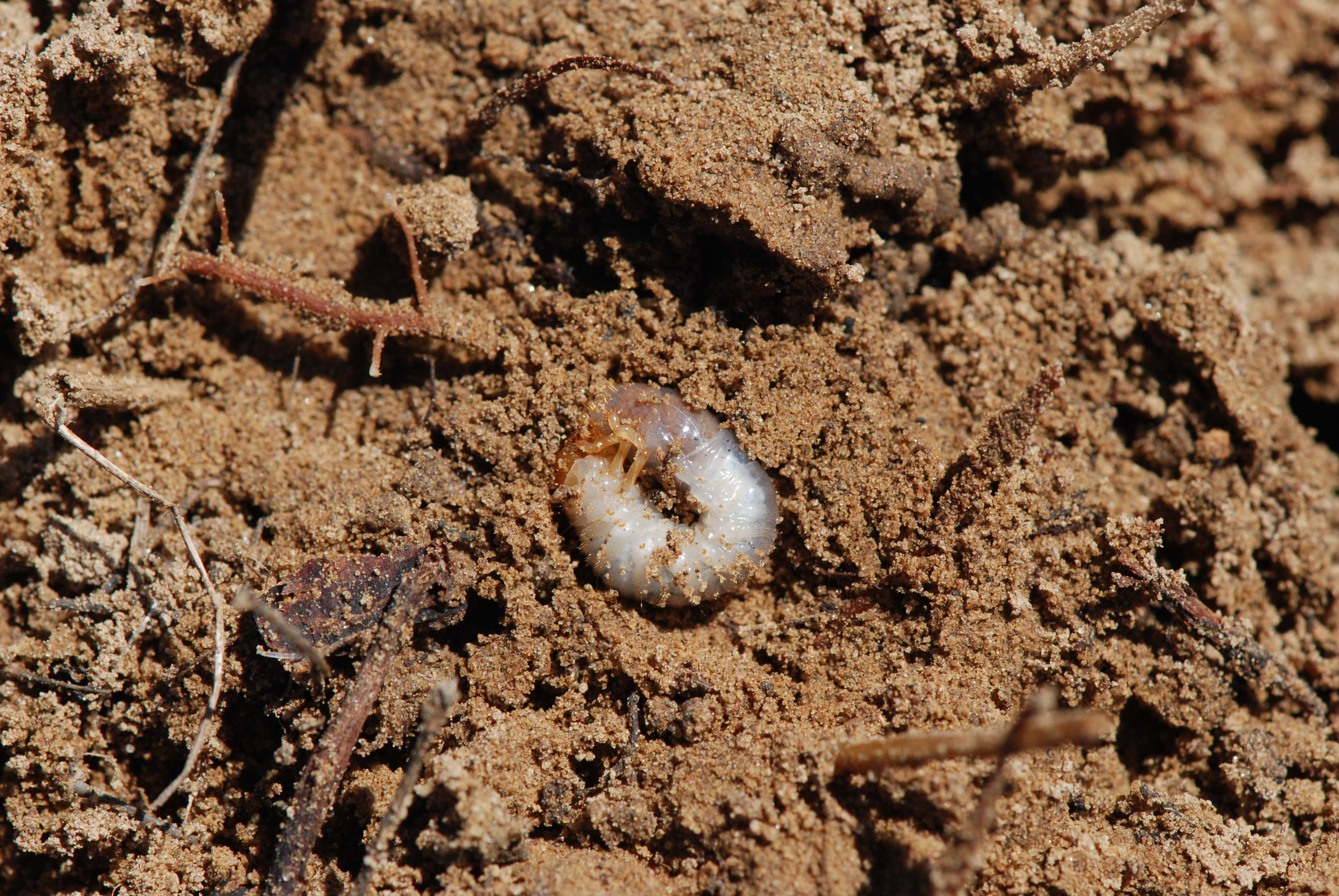 Nematodes, like fungi, are usually assumed to be pathogens, but beneficial nematodes abound in the soil. Nematodes are one of the most ecologically diverse groups of animals on earth, existing in nearly every habitat. Nematodes eat bacteria, fungi, algae, yeasts, and diatoms and may be predators of several small invertebrate animals, including other nematodes. In addition, they may be parasites of invertebrates, vertebrates (including humans) and all above and below ground portions of plants. Nematodes range in length from 82 μm (marine) to 9 m (whale parasite) but most species in soil are between 0.25 and 5.5 mm long.
Nematodes, like fungi, are usually assumed to be pathogens, but beneficial nematodes abound in the soil. Nematodes are one of the most ecologically diverse groups of animals on earth, existing in nearly every habitat. Nematodes eat bacteria, fungi, algae, yeasts, and diatoms and may be predators of several small invertebrate animals, including other nematodes. In addition, they may be parasites of invertebrates, vertebrates (including humans) and all above and below ground portions of plants. Nematodes range in length from 82 μm (marine) to 9 m (whale parasite) but most species in soil are between 0.25 and 5.5 mm long.
Nematodes are recognised as a major consumer group in soils, generally grouped into four to five trophic categories based on the nature of their food (see figure 2), the structure of the stoma and oesophagus and method of feeding. Plant-feeding nematodes possess stylets with a wide diversity of size and structure and are the most extensively studied group of soil nematodes because of their ability to cause plant disease and reduce crop yield. Fungal-feeding nematodes have slender stylets but are often difficult to categorize and have been included with plant-feeders in many ecological studies. Bacterial feeding nematodes are a diverse group and usually have a simple stoma in the form of a cylindrical or triangular tube, terminating in a teeth valve-like apparatus.
Predatory nematodes are usually large species possessing either a large styles or a wide cup-shaped cuticular-lined stoma armed with powerful teeth. Omnivores are sometimes considered as a fifth trophic category of soil nematodes. These nematodes may fit into one of the categories above but also ingest other food sources. For example, some bacterial feeders may also eat protozoa and/or algae and some stylet-bearing nematodes may pierce and suck algae as well as fungi and/or higher plants. Stages of animal parasitic nematodes, such as hookworms, may also be found in soils but generally are not common in most soil samples.
Nematodes and protozoa function as regulators of mineralisation processes in soil. Bacterial- and fungal-feeding nematodes release a large percent of nitrogen when feeding on their prey groups and are thus responsible for much of the plant available nitrogen in the majority of soils. Nematode-feeding also selects for certain species of bacteria, fungi and nematodes and thereby influences soil structure, carbon utilization rates, and the types of substrates present in soil.
Arthropods
These recyclers are the critters that feed on bacteria, fungi, and earthworms, as well as plant particles. They include micro-arthropods— very small organisms like mites—and larger organisms like sow bugs, springtails, spiders, and centipedes. The micro-arthropods stay put in the soil, consuming debris and making nitrogen and other nutrients more readily available to plants and other soil biota. Arthropods also control the population levels of other organisms in the soil, keeping things balanced naturally.
Earthworms Of all the members of the soil food web, earthworms need the least introduction. Most people become familiar with these soft, slimy, invertebrates at a young age. Earthworms are hermaphrodites, meaning that they exhibit both male and female characteristics. They are major decomposers of dead and decomposing organic matter, and derive their nutrition from the bacteria and fungi that grow upon these materials. They fragment organic matter and make major contributions to recycling the nutrients it contains. Earthworms occur in most temperate soils and many tropical soils. They are divided into 23 families, more than 700 genera, and more than 7,000 species. They range from an inch to two yards in length and are found seasonally at all depths in the soil.
Of all the members of the soil food web, earthworms need the least introduction. Most people become familiar with these soft, slimy, invertebrates at a young age. Earthworms are hermaphrodites, meaning that they exhibit both male and female characteristics. They are major decomposers of dead and decomposing organic matter, and derive their nutrition from the bacteria and fungi that grow upon these materials. They fragment organic matter and make major contributions to recycling the nutrients it contains. Earthworms occur in most temperate soils and many tropical soils. They are divided into 23 families, more than 700 genera, and more than 7,000 species. They range from an inch to two yards in length and are found seasonally at all depths in the soil.
The fuel of the food web: organic matter
Organic matter is comprised of different types of compounds – some more useful to organisms than others. In general, soil organic matter is made of roughly equal parts humus and active organic matter. Active organic matter is the portion available to soil organisms. Bacteria tend to use simpler organic compounds, such as root exudates or fresh plant residue. Fungi tend to use more complex compounds, such as fibrous plant residues, wood and soil humus. As mentioned before bacteria dominated soils are typically pastures whereas fungi dominated soils are woodlands and forests.
Intensive cultivation of soil triggers spurts of activity among bacteria and other organisms that consume organic matter (convert it to CO2), depleting the active fraction first. Practices that build soil organic matter (reduced tillage and regular additions of organic material – by spreading compost) will raise the proportion of active organic matter long before increases in total organic matter can be measured. As soil organic matter levels rise, soil organisms play a role in its conversion to humus – a relatively stable form of carbon sequestered in soils for decades or even centuries.
Soil organic matter is the depot for the energy and nutrients used by plants and other organisms. Bacteria, fungi, and other soil dwellers transform and release nutrients from organic matter. These micro-shredders, immature oribatid mites, skeletonize plant leaves. This starts the nutrient cycling of carbon, nitrogen, and other elements such as minerals ultimately feeding our pasture plants!
Habitat of soil organisms
The organisms of the food web are not evenly distributed through the soil. Each species and group exists where they can find appropriate space, nutrients, and moisture. They occur wherever organic matter occurs – mostly in the top few inches of soil (see figure 1), although microbes have been found as deep as 16 km in oil wells. Soil organisms are concentrated:
On the surface of soil aggregates. Biological activity, in particular that of aerobic (requiring oxygen) bacteria and fungi, is greater near the surfaces of soil aggregates than within aggregates (which lacks oxygen). Within large aggregates, processes that do not require oxygen, such as denitrification, can occur. Many aggregates are actually the faecal pellets of earthworms and other invertebrates.
In litter. Fungi are common decomposers of plant litter because litter has large amounts of complex, hard-to-decompose carbon (such as lignin). Fungal hyphae (fine filaments) can “channel” nitrogen from the underlying soil to the litter layer. Bacteria cannot transport nitrogen over distances, giving fungi an advantage in litter decomposition, particularly when litter is not mixed into the soil profile. However, bacteria are abundant in the green litter of younger plants, which is higher in nitrogen and simpler carbon compounds than the litter of older plants. Bacteria and fungi are able to access a larger surface area of plant residue after shredder organisms such as earthworms, leaf-eating insects, millipedes, and other arthropods break up the litter into smaller chunks. Interestingly by adding different type of litters green (nitrogen) vs. older (carbon) litter to your compost/ manure pile you can create more bacterial or fungi dominated compost. Bacterial dominated compost is more preferred for pastures.
Around roots. The rhizosphere is the narrow region of soil directly around roots. It is swarming with bacteria that feed on discarded plant cells and the proteins and sugars released by roots. The protozoa and nematodes that graze on bacteria are also concentrated near roots. Thus, much of the nutrient cycling and disease suppression needed by plants occurs immediately nearby to roots.
On humus. Fungi are common here. Much of the organic matter in the soil has already been decomposed many times by bacteria and fungi, and/or passed through the guts of earthworms or arthropods. The resulting humic compounds are complex and have little available nitrogen. Only fungi make some of the enzymes needed to degrade the complex compounds in humus.
In spaces between soil aggregates. Those arthropods and nematodes that cannot burrow through soil move in the pores between soil aggregates. Organisms that are sensitive to dehydration, such as protozoa and many nematodes, live in water-filled pores.
When are soil organisms active?
The activity of soil organisms follows seasonal patterns, as well as daily patterns. In temperate systems, the greatest activity occurs in late spring when temperature and moisture conditions are optimal for growth. In tropical systems this is more during the summer months (wet-season). However, certain species are most active in the winter, others during dry periods, and still others in flooded conditions.
Not all organisms are active at a particular time. Even during periods of high activity, only a fraction of the organisms are busily eating, breathing, and altering their environment. The remaining portion is barely active or even dormant.
Many different organisms are active at different times, and interact with one another, with plants, and with the soil. The combined result is a number of beneficial functions including nutrient cycling, moderated water flow, and pest control.
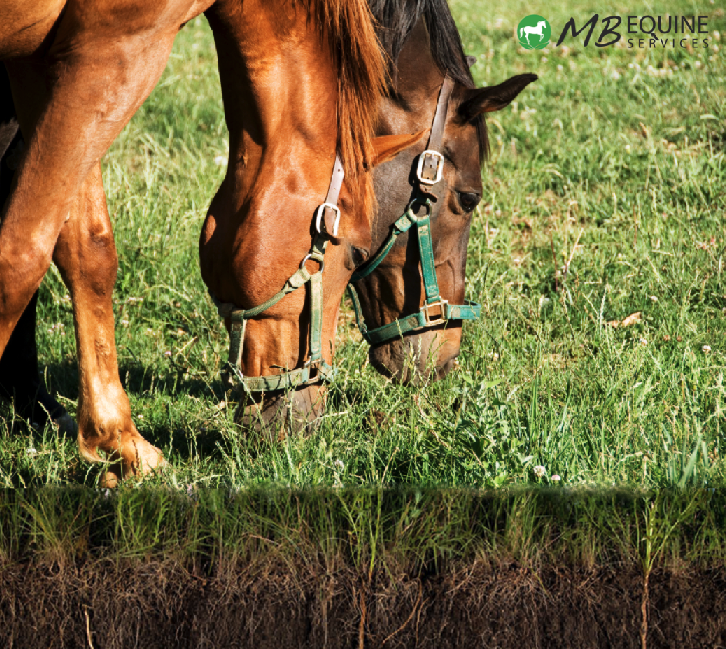 The importance of the soil food web
The importance of the soil food web
The living component of soil, the food web, is complex and has different compositions in different ecosystems. Management of our pastures benefits from and affects the food web.
When practising pasture management, it is not the vegetation that is replenished but the soil. The best means to achieve this is to replicate naturally occurring nutrient cycles: we need to feed the soil through a process of breaking down organic matter with soil microorganisms, bacteria, and fungi. In a natural system, many species of plants and animals play a role in these processes. However, on farming land, it is the owner or manager’s responsibility to oversee the animals and return waste (via compost or mulch) to the soil and plants.
Permaculture is concerned with the restoration and development of soil as a priority, because healthy soil produces healthy plants and grasses — which help produce healthy horses! One of the most difficult aspects of teaching people about working with natural systems and improving pasture health is that permaculture is a way of thinking. It is not a product, something that can be bought off the shelf from the local rural supplier, spread, sprayed, or watered. The difference is that, once natural health has been allowed to return through interaction in the soil food web (as illustrated in figure 2), natural balance can be restored. Natural systems are the only science recognised by nature. All over the world, when natural systems are disregarded, the land suffers, and in the long-term, attracts high input costs (herbicides, chemical fertilisers etc).
However this not to say that we can use certain human tools and agricultural and biological manufactured products, but we need to be aware that there is no one solution or fix to our soil, weed or pasture problems, but rather we need to adopt an integrated whole-system approach to our management. One of such tools is conducting soil tests, which offers us a reference (current status of our soil) and allows us to monitor our outcomes of our farming practices. These soil tests should not only provide us with a nutrient/mineral profile but also with an indication of our soil carbon and soil biology, often-overlooked aspects! Thus in the next edition we will discuss the importance of soil tests, in the lab and DIY and how to interpret these soil test results.
Further reading
Soil Biology Primer – Natural Resources Conservation Services (United States Department of Agriculture) – www.nrcs.usda.gov
Soil Health, Soil Biology, Soilborne Diseases and Sustainable Agriculture. A Guide. By G. Stirling et al. 2016. CSIRO Publication, QLD, Australia
Food Sources for Soil Organisms
• “Soil organic matter” includes all the organic substances in or on the soil. Here are terms used to describe different types of organic matter.
• Living organisms: Bacteria, fungi, nematodes (earthworms), protozoa, arthropods, and living roots.
• Dead plant material; organic material; detritus; surface residue: All these terms refer to plant, animal, or other organic substances that have recently been added to the soil and have only begun to show signs of decay. Detritivores are organisms that feed on such material.
• Active fraction organic matter: Organic compounds that can be used as food by microorganisms. The active fraction changes more quickly than total organic matter in response to management changes.
• Labile organic matter: Organic matter that is easily decomposed.
• Root exudates: Soluble sugars, amino acids and other compounds secreted by roots.
• Particulate organic matter (POM) or Light fraction (LF) organic matter: POM and LF have precise size and weight definitions. They are thought to represent the active fraction of organic matter, which is more difficult to define. Because POM or LF is larger and lighter than other types of soil organic matter, they can be separated from soil by size (using a sieve) or by weight (using a centrifuge).
• Lignin: A hard-to-degrade compound that is part of the fibers of older plants. Fungi can use the carbon ring structures in lignin as food.
• Recalcitrant organic matter: Organic matter such as humus or lignin-containing material that few soil organisms can decompose.
• Humus or humified organic matter: Complex organic compounds that remain after many organisms have used and transformed the original material. Humus is not readily decomposed because it is either physically protected inside of aggregates or chemically too complex to be used by most organisms. Humus is important in binding tiny soil aggregates, and improves water and nutrient holding capacity.
This article was published in the Horses and People Magazine March 2018
By Mariette van den Berg, PhD, BAppSc (Hons), RAnNutr
Mariette has a PhD in Equine Nutrition and Foraging Behaviour, is a RAnNutr equine nutritionist, a Certified Permaculture Designer and a dressage rider. She is the founder of MB Equine Services.


